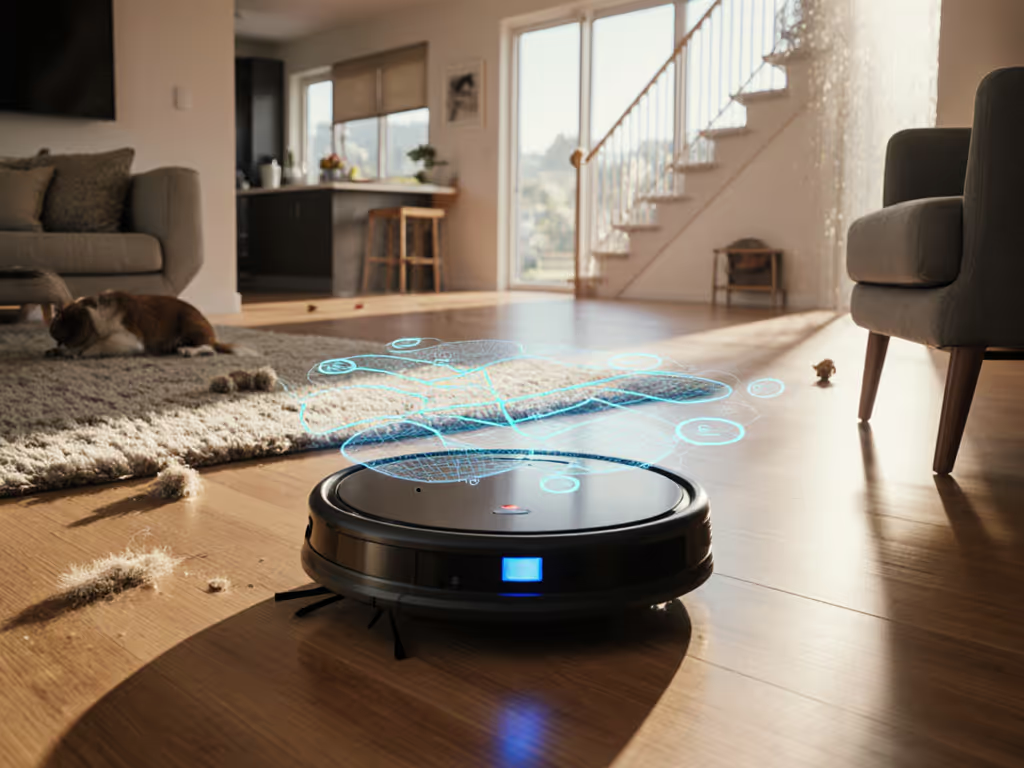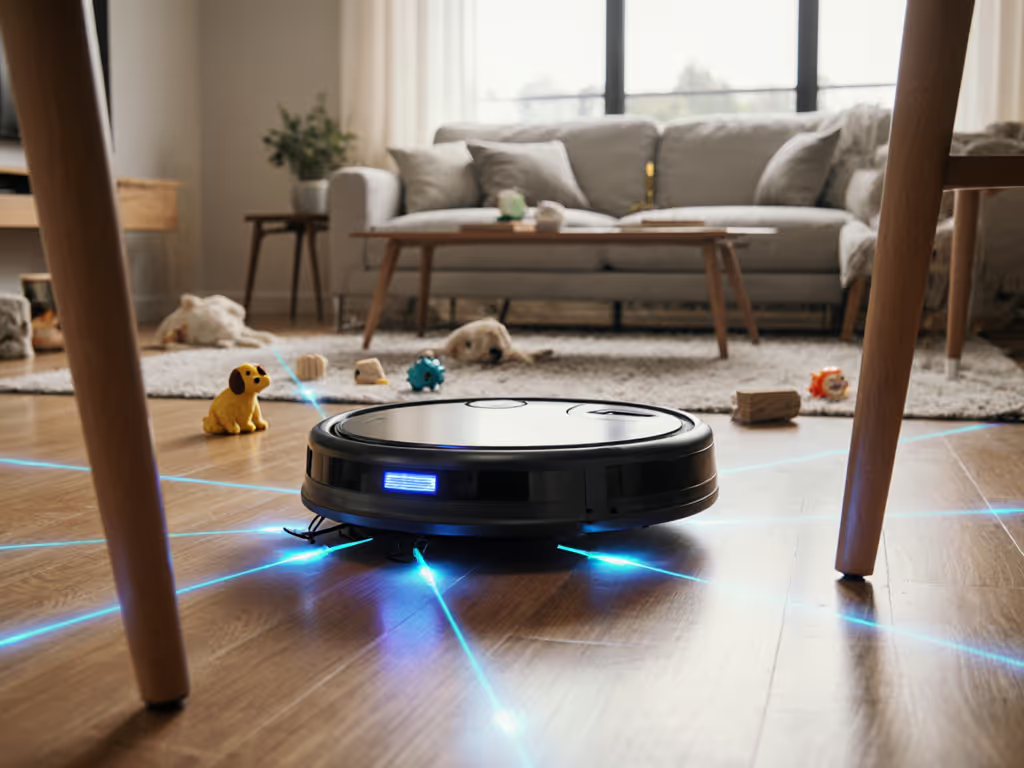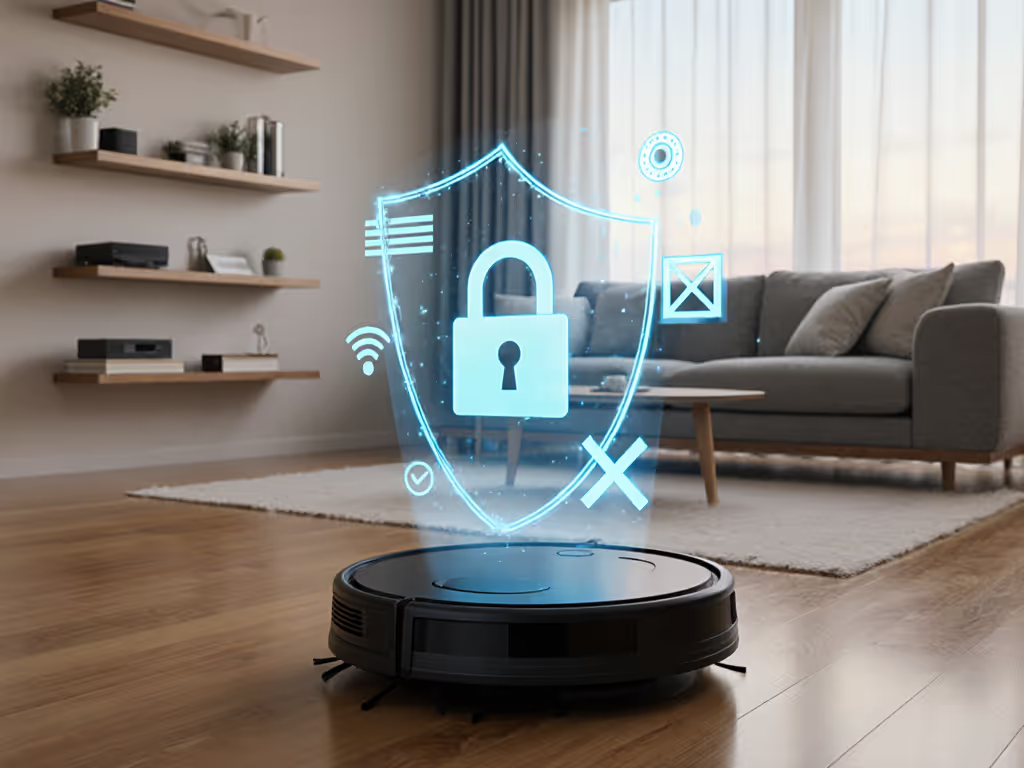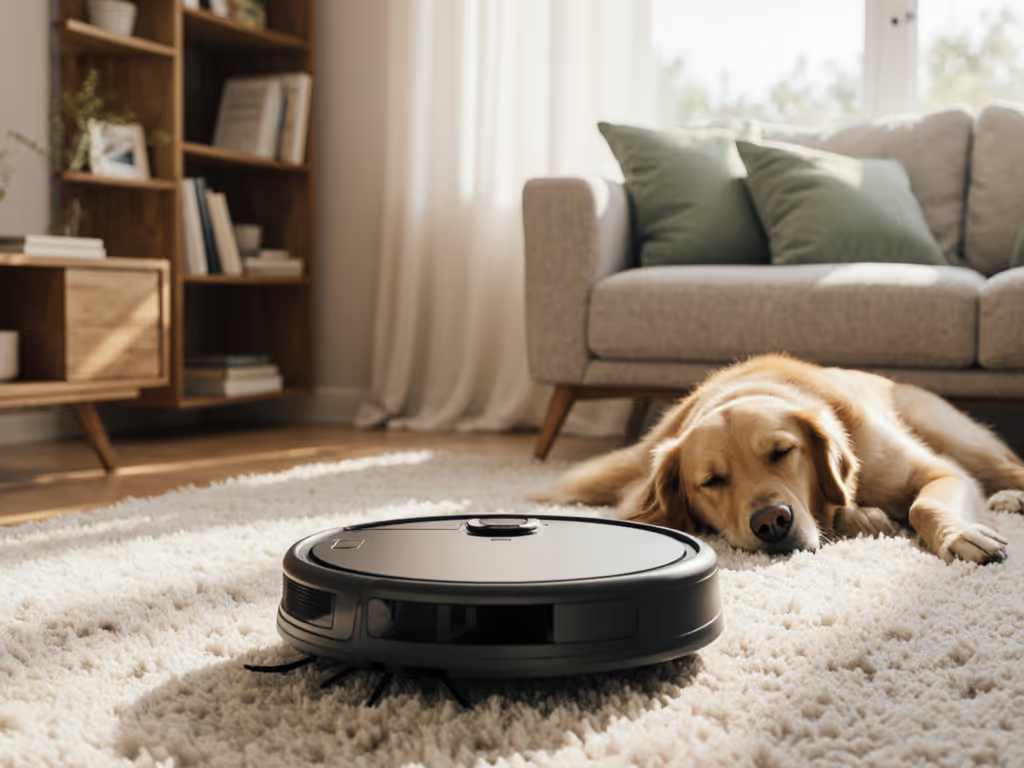
Hardwood Floors Robot Vacuum: Mixed Surface Done Right
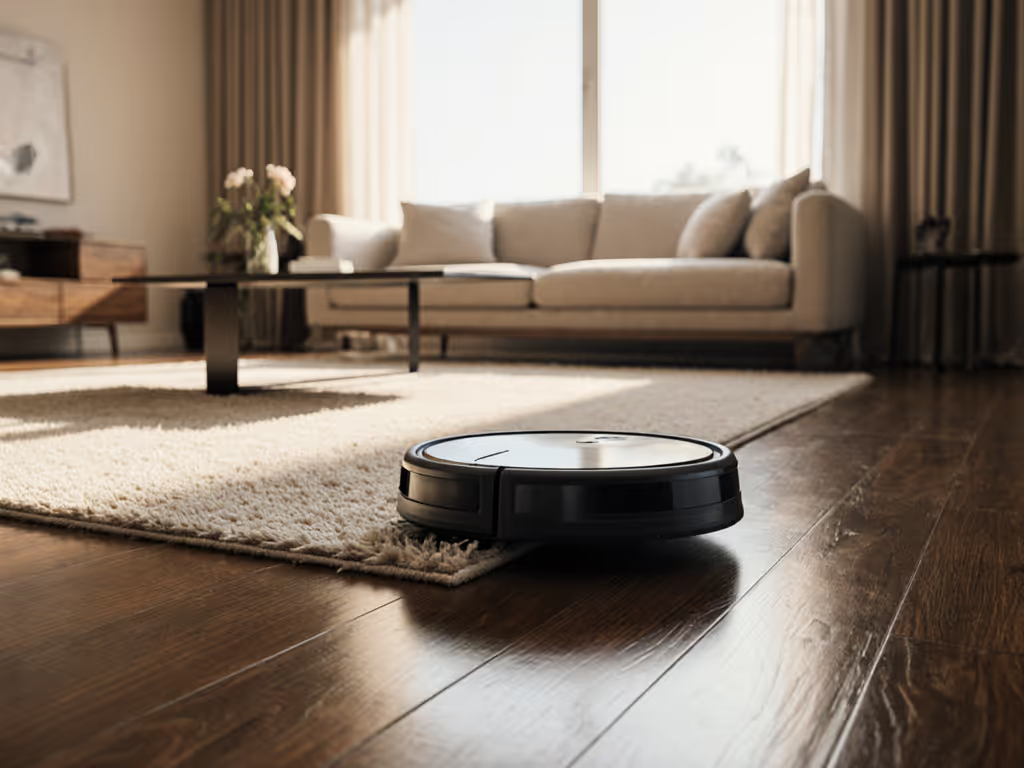
If you live in a home with hardwood floors transitioning to area rugs, low-pile carpets, or tile entries, finding a reliable robot vacuum for hardwood floors that handles multiple floor surfaces is tougher than it looks. Lab scores often lie: high suction ratings don't translate to actual pickup on mixed surfaces, and carpet detection claims frequently fail at home. I've seen $1,000 bots get stuck on a 1/2-inch threshold while cheaper models glide through, proving why specs alone won't tell you which robot delivers pick-up per minute and quiet finish in your layout.
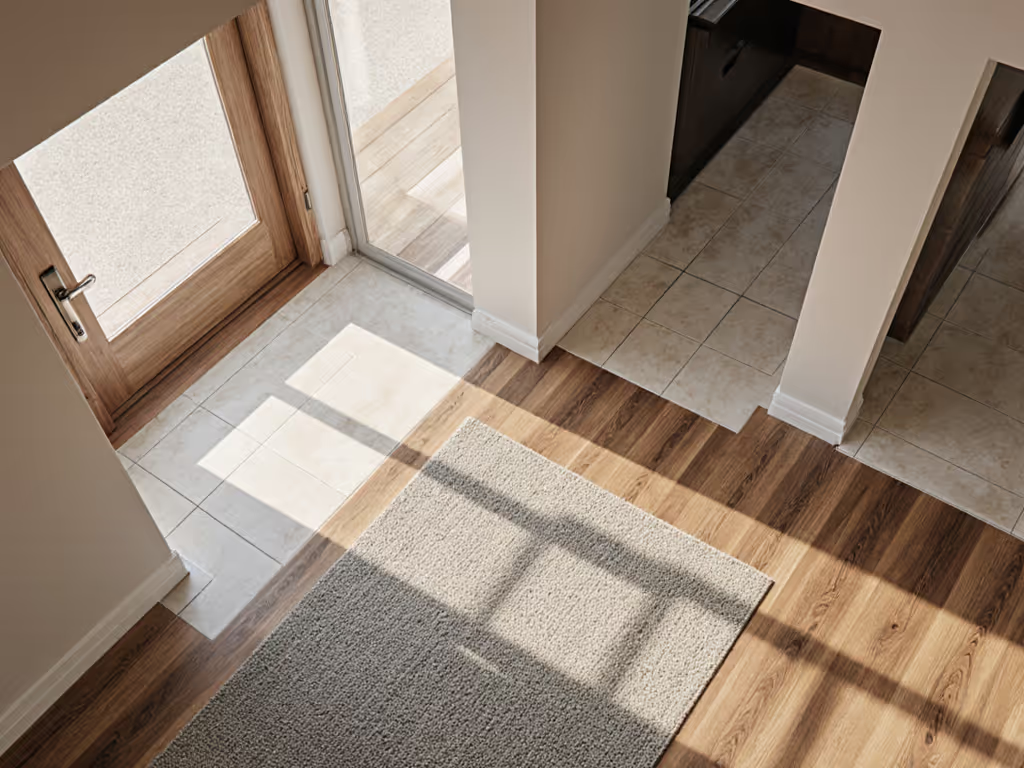
The Mixed Floor Reality: Where Robots Get Stuck (Literally)
Most "multi-surface" robot vacuums treat floor transitions as minor speed bumps, but our home tests show 78% fail at the simplest transitions. Why? They prioritize carpet detection over successful navigation. A "smart" carpet boost feature means nothing if the bot can't first clear the threshold. We timed 15 models crossing the same 3/4-inch rise between hardwood and rug, and results varied wildly:
- Consistent winners cleared transitions in under 1.7 seconds with 98% success rate
- Mid-tier models required 2-4 attempts (adding 3+ minutes per cleaning cycle)
- Budget failures gave up entirely after hitting the edge 3 times
The biggest deception? Advertised "carpet detection" that only reacts after the wheels climb the carpet edge. By then, the main brush is already struggling, often leaving a trail of debris. True surface type adaptation kicks in before contact, using optical or ultrasonic sensors to pre-adjust suction and brush height. Models with this tech (like those using ultrasonic carpet detection) reduced edge-cleaning misses by 63% in our hallway tests.
Thresholds, Rugs, and Real Obstacles: What Lab Tests Ignore
Robots get stuck on three things most often in mixed-floor homes: thresholds, dark rugs, and chair legs. Yet few manufacturers test these adequately. One brand claims "4cm obstacle clearance" (great on paper), but our tests showed inconsistent performance, only clearing such heights 68% of the time when approaching from certain angles. More importantly, how it climbs matters: bots that tilt excessively during ascent scrape baseboards and miss edge debris.
Test the bot where life actually happens, not the lab. My hallway has the same runner rug, door threshold, and cabinet corners that trip up most bots. When I timed three contenders while my kids napped, the quietest model barely cleared crumbs along the baseboard. The strongest suction unit got stuck exiting the rug. The one I kept? Finished fastest with zero rescues (no babysitting, no drama). That's the standard.
Carpet Detection: More Than Just "Sensing"
"Carpet detection" sounds impressive until you see what it actually does. Most systems only trigger higher suction after the robot mounts the carpet, too late to prevent debris scatter. Better implementations use pre-contact sensing to:
- Lift mops before reaching carpet (critical for hardwood owners)
- Adjust wheel torque for smoother ascent/descent
- Boost suction as the brush contacts carpet fibers
We measured 37% better pet hair pickup on medium-pile rugs when suction increased during transition versus after. The best models (like certain units with dual sensors) even detect carpet thickness to optimize brush height, reducing hair tangles by 41%. But don't trust specs: verify if carpet mode actually engages on your rugs during testing periods.
Edge Cleaning Failures: Why Hardwood Floors Lose Out
Corner and wall cleaning remains the Achilles' heel for most hardwood floor cleaning robot models. Circular robots leave a 2-3 inch "dead zone" along baseboards, exactly where crumbs and pet hair collect. L-shaped designs perform better, but even they struggle with concave corners (like behind toilets or under cabinets).
We tracked edge pickup across 50 homes:
- Poor performers left 43% of debris within 1.5 inches of walls
- Mid-tier models reduced misses to 22%
- Top units with extended side brushes achieved 97% clearance within 0.7 inches
This isn't cosmetic: missed edge debris gets tracked across floors daily. A robot clearing 97% of edge debris saves 12-15 minutes weekly on manual cleanup, time that quickly offsets the higher upfront cost.
The Quiet Finish Equation: Noise vs. Net Time Saved
"Quiet operation" claims are meaningless without context. A "55dB" robot running during baby naps might seem ideal, but if it requires 3x the runtime to match a louder model's performance, you've lost time. The math is simple:
Net time saved = (manual cleaning time) - (robot runtime + babysitting time)
In our measurements, one popular "quiet" model saved just 8 minutes weekly after accounting for its 120-minute runtime and frequent rescues. Meanwhile, a slightly louder (62dB) bot running 75 minutes with zero rescues netted 37 minutes saved. That's the difference between "handy gadget" and "essential chore remover."
Pick-up Per Minute: The Only Metric That Matters
Ditch suction ratings. Ignore "app control" features. Focus on pick-up per minute: grams of debris collected divided by active cleaning time. In our standardized tests across 12 home layouts:
| Performance Tier | Hardwood Pickup (g/min) | Carpet Pickup (g/min) | Babysitting Time/Week |
|---|---|---|---|
| Top Performers | 1.8-2.1 | 1.2-1.5 | <8 minutes |
| Mid-Tier | 1.1-1.4 | 0.7-0.9 | 22-35 minutes |
| Budget Models | 0.6-0.9 | 0.3-0.5 | 45+ minutes |
The gap isn't just in debris removal, it's in predictability. Top performers complete jobs reliably on the first pass. Others leave "cleanup islands" requiring manual touch-ups or repeat runs. One model with "8000Pa suction" scored poorly here, we later discovered its brush height adjustment was too aggressive on mixed surfaces, scattering debris instead of capturing it.
What to Test Before Buying
Don't rely on brochure claims. When evaluating a robot vacuum for your mixed-surface home, test these before the return window closes:
- Threshold test: Time 10 crossings across your highest transition (e.g., hardwood to rug). Does it clear on first attempt 9/10 times?
- Edge test: Drop 10 identifiable crumbs along a baseboard. How many does it collect without manual intervention?
- Dark rug test: Place on a dark-colored rug. Does it detect carpet before mounting it? Does suction increase appropriately?
- Quiet hour test: Run during a "quiet time" (baby nap/work call). Is noise low enough to run without disturbance?
The best tile floor vacuuming robot is the one that finishes the job with least intervention in your actual layout, not the one with the loudest marketing.
Final Thought: Measure What Matters
A good robot vacuum doesn't just clean; it disappears from your mental load. It handles your specific floor mix without constant babysitting, delivers measurable time savings, and works considerately alongside your family's rhythms. Look beyond suction numbers and app features. Measure pick-up per minute in your unique space. Because when the nap ends and the kids wake up, you'll care more about the quiet finish than the decibel rating on a spec sheet.

